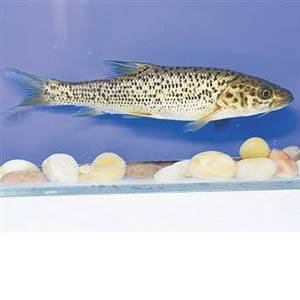
Percocyprispingi
Percocyprispingi,Big flower fish, leopard flower fish
Jinsha perch carp, Latin name Percocyprispingi, is a precious, rare and uniq···
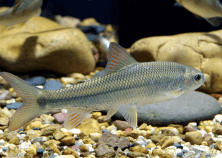
Scaphesthes macrolepis
Scaphesthes macrolepis,Largescale shoveljaw fish,Money fish, white-armored fish, red-scaled fish, multi-scaled shovel-jawed fish, multi-scaled proboscis fish
The Latin name of the multi-scale white snapper is Scaphesthes macrolepis, a···
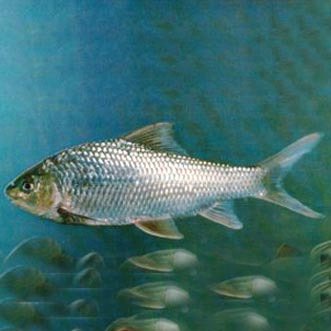
Onychostoma angustistomata
Onychostoma angustistomata,Small mouth white nail, sharp mouth white nail, wax brown
The Latin name of Sichuan white snapper is Onychostoma angustistomata. It is···
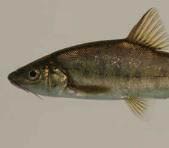
Sinocyclocheilus
Sinocyclocheilus,Golden thread fish, small hole fish, pineapple fish
The Latin name of Sinocyclocheilus is Sinocyclocheilus, which is a general t···
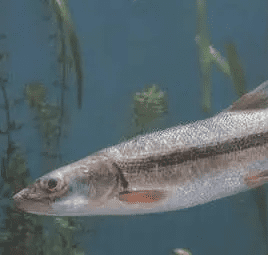
Luciocyprinus langsoni Vaillant
Luciocyprinus langsoni Vaillant,Luciocyprinus langsoni
The Latin name of the single-striped Luciocyprinus langsoni Vaillant is Luci···
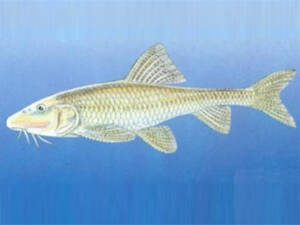
Gobiobotiahomalopteroidea Rendahl
Gobiobotiahomalopteroidea Rendahl,eight-whiskergudgeon,Eight-bearded fish, pike
The Latin scientific name of the flat-finned loach is Gobiobotiahomalopteroi···
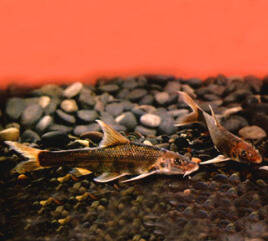
Rhinogobio ventralis
Rhinogobio ventralis,Foreign fish, earthworm, long-fin goby
The long-finned goby, whose scientific name is Rhinogobio ventralis, is a fi···
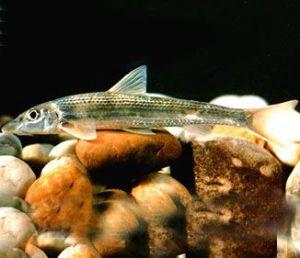
Rhinogobio nasutus
Rhinogobio nasutus,Big nose goby
The Latin name is Rhinogobio nasutus, which is an aquatic animal belonging t···
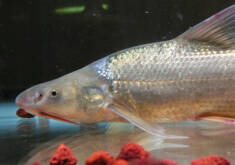
Coreius guichenoti
Coreius guichenoti,Square head water nose, water nose, golden loach, net mouth, twist, fat Tuo, water dense, round mouth copper fish
Coreius guichenoti, Latin name of round-mouthed copper fish, is a fish of Cy···
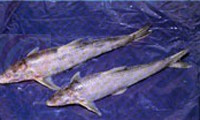
Coreius septentrionalis
Coreius septentrionalis (Nichols),Northernbronze-gudgeon,Pigeon fish, sand spit, sharp-mouthed water tuna, yellowhead fish (ancient name), northern copper fish
The Latin name of the Northern Bronze-gudgeon is Coreius septentrionalis (Ni···
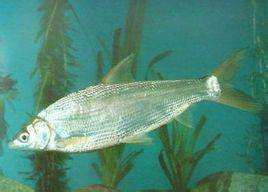
Anabarilius transmontana
Anabarilius transmontana,Mountain Whitefish
Anabarilius transmontana, a species of fish belonging to the Cyprinidae fami···
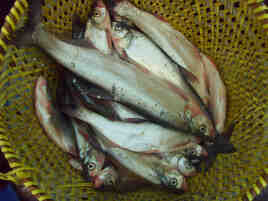
Anabarilius polylepis
Anabarilius polylepis,Large white fish, peach white fish, multi-scale white fish
Anabarilius polylepis, the Latin name of the multi-scale whitefish, is a fis···
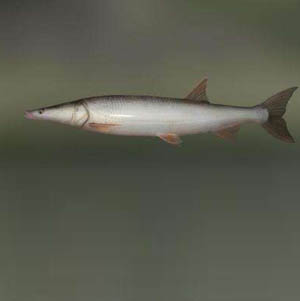
Luciobramamacrocephalus
Luciobramamacrocephalus,longspiky-head carp,Blowgun, pointed-headed catfish, horse-headed catfish, duck-billed catfish, trumpet fish, catfish, catfish
The Latin name of the carp is Luciobramamacrocephalus, and the English name ···
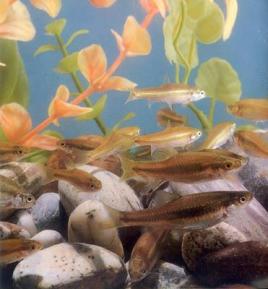
Gobiocypris rarus Ye et Fu
Gobiocypris rarus Ye et Fu,Raregudgeon,Golden white lady, ink line fish, rare goby
The Latin name of the rare gobiocypris is Gobiocypris rarus Ye et Fu, and it···
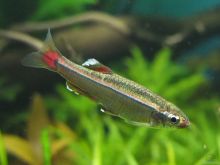
Tanichthys albonubes
Tanichthys albonubes,White Cloud Mountain Minnow, Baiyunshan fish, Tang fish, Baiyun golden fish, golden fish, redtail fish, Guangdong crucian carp, Pan's crucian carp
The Latin name of the minnow is Tanichthys albonubes, and its foreign name i···
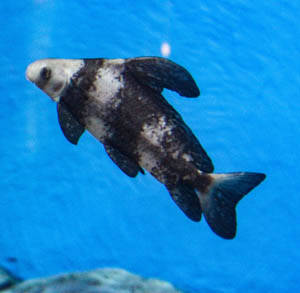
Myxocyprinus asiaticus
Myxocyprinus asiaticus,,Rouge fish, grilled bream, yellow steak, leaf plate, red fish, purple bream, bird fish, blood steak, pink steak, etc.
The Latin name of the mullet is Myxocyprinus asiaticus, and there is no subs···
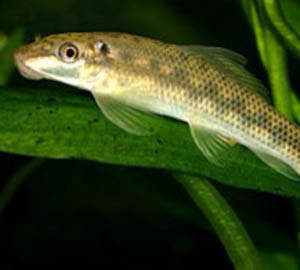
Gyrinocheilus aymonieri
Gyrinocheilus aymonieri,Wall Climbing Fish, Scavenger Fish, Algae Eater Fish, Double-Porifera
The Latin name of the diapsid fish is Gyrinocheilus aymonieri, which is ende···
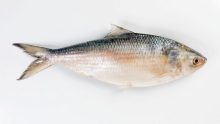
Tenualosa reevesii
Tenualosa reevesii,Hilsa herring 、Seasonal shad 、 Reeves’ shad,Shad, seasonal fish, salmon, salmon, Reeves's herring, etc.
The Latin name of the shad is Tenualosa reevesii, and its foreign names are ···
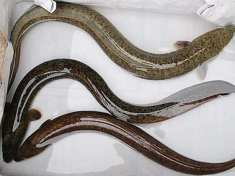
Anguilla marmorata
Anguilla marmorata,Marbled eel、Giant Mottled Eel,Big eel, perch eel, flower eel, snow eel, king eel, black ear eel, reed eel, stream eel, stream slide
The Latin name of the flower eel is Anguilla marmorata, and its foreign name···
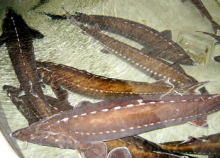
Acipenser schrencki
Acipenser schrencki,Amur Sturgeon,Seven floating fish, Heilongjiang sturgeon, Amur sturgeon, Acipenser schrenckii, Acipenser schrenckii
The scientific name of Acipenser schrencki is Acipenser schrencki, and its f···
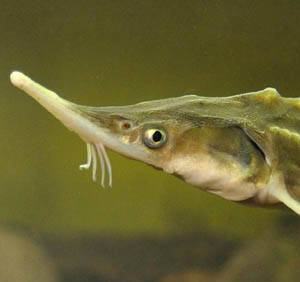
Acipenser ruthenus
Acipenser ruthenus,Sterlet,Acipenser
The Latin name of the small-bodied sturgeon is Acipenser ruthenus, and its f···
